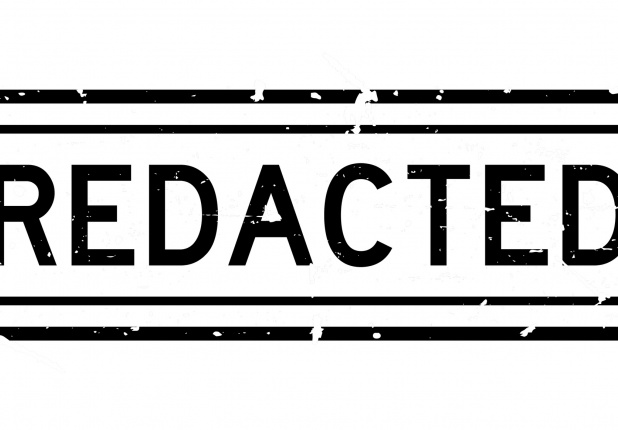Right on Redactions
In my experience as an e-discovery project manager, I’ve found that one of the primary reasons for lengthy document reviews is the need to redact documents. While the extent to which redactions will be needed may not be known at the outset of a review, good project management should include recognizing when and what type of redactions may be needed. Factors to consider include the type of case, the extensive nature of the collection process, the type of files processed for review, the stipulations agreed to in the ESI protocol and protective order, the sophistication of the legal teams involved, the contentious nature of the dispute and, perhaps of equal importance, the technology available to apply those redactions.






